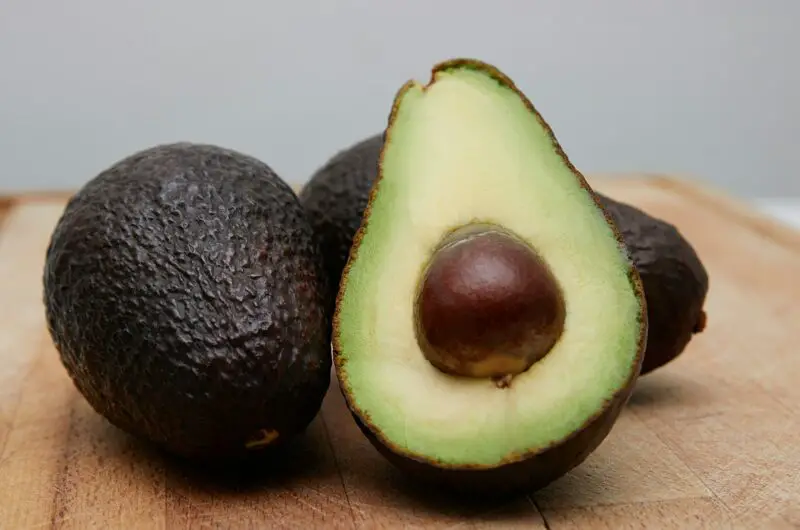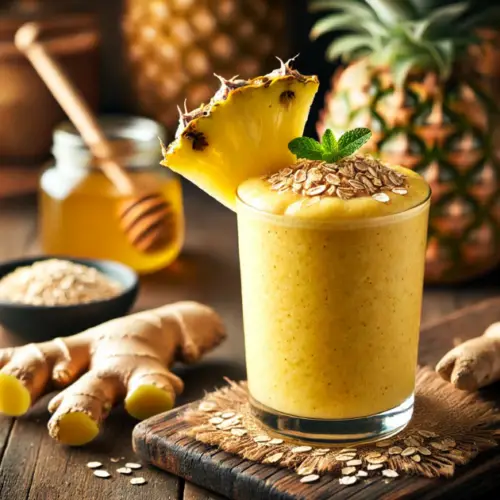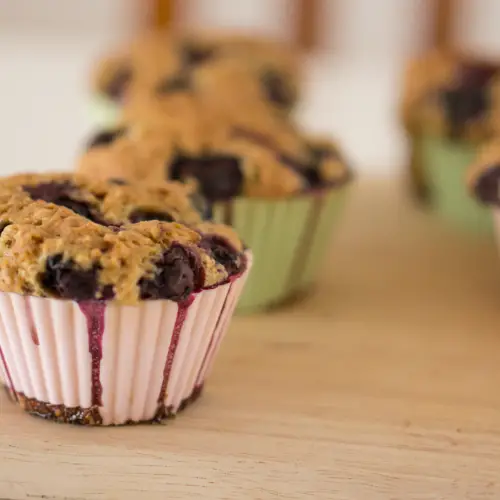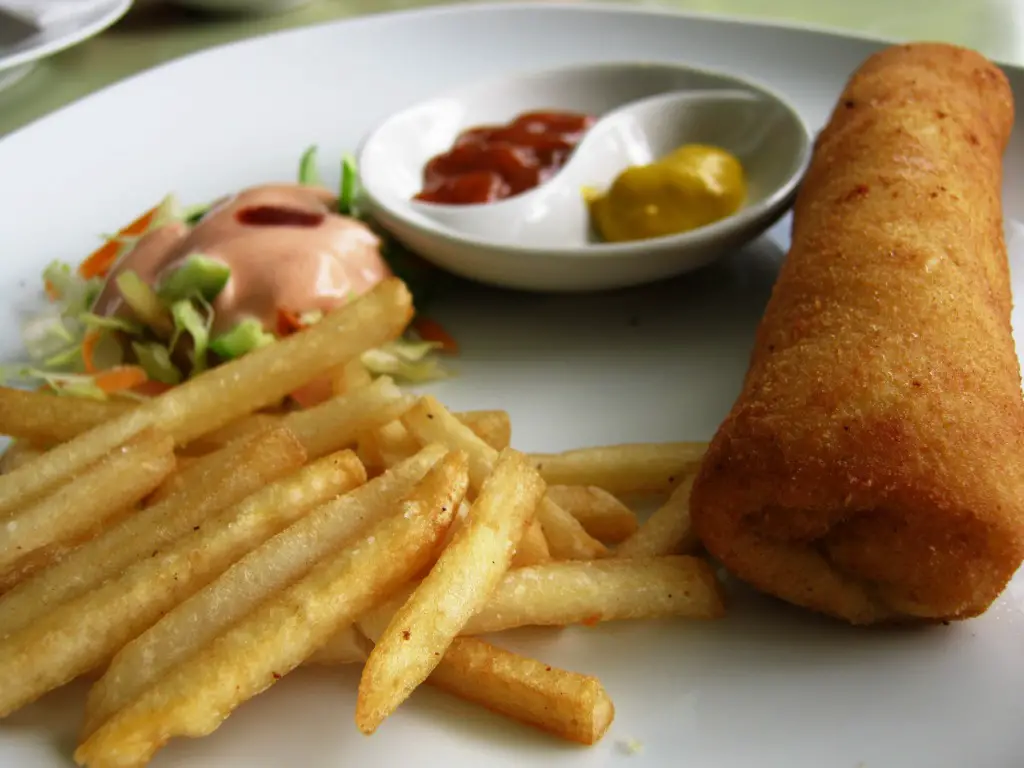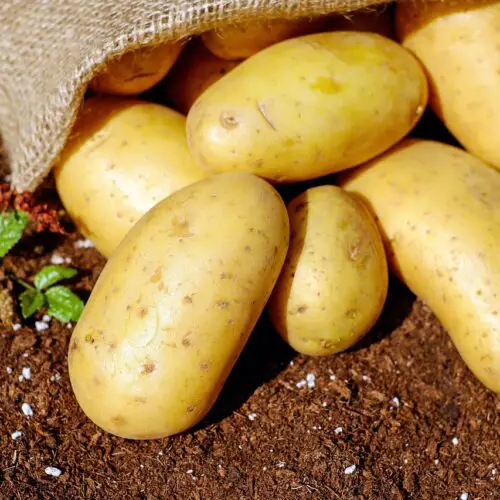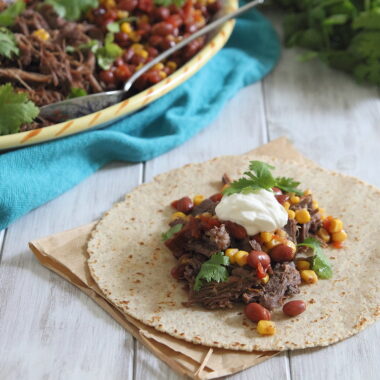Avocados are a beloved staple in many households, prized for their creamy texture, rich flavor, and nutritional benefits. Packed with healthy fats, fiber, vitamins, and minerals, they’re a versatile ingredient in everything from guacamole to smoothies to toast. But what happens when you buy a batch of perfectly ripe avocados and can’t use them all before they start to spoil? Can you freeze avocados to extend their shelf life? The answer is yes, you can freeze avocados, but doing it the right way is key to preserving their flavor, texture, and quality. In this comprehensive guide, we’ll explore the ins and outs of freezing avocados, including why you might want to, the best methods, and tips for using frozen avocados in your recipes.
Why Freeze Avocados?
Avocados have a notoriously short window of perfect ripeness. One day they’re rock-hard, and the next, they’re overripe and browning. Freezing avocados can help you avoid waste, save money, and ensure you always have this nutrient-dense fruit on hand. Here are some compelling reasons to consider freezing avocados:
Prevent Waste: If you’ve bought avocados in bulk or have a surplus from your garden, freezing them can prevent spoilage.
Convenience: Frozen avocados are ready to use for smoothies, dips, or spreads, saving you prep time.
Cost Savings: Avocados can be expensive, especially out of season. Freezing them when they’re affordable allows you to enjoy them year-round.
Preserve Nutrients: Freezing locks in the nutritional value of avocados, ensuring you get their health benefits even months later.
However, freezing avocados isn’t as simple as tossing them in the freezer. The high water content and delicate texture of avocados mean they require specific preparation to maintain quality. Let’s dive into the best practices for freezing avocados and how to use them afterward.
Can All Avocados Be Frozen?
Most avocado varieties, such as Hass, Fuerte, or Bacon, can be frozen, but the results may vary slightly depending on the type and ripeness. Ripe avocados are the best candidates for freezing because they’re at their peak flavor and texture. Underripe avocados may not develop their full creaminess after freezing, while overripe ones might become mushy or develop off-flavors.
Before freezing, inspect your avocados for any signs of spoilage, such as black spots, mold, or an unpleasant odor. Only freeze avocados that are fresh and in good condition to ensure the best results.
How to Freeze Avocados: Step-by-Step Methods
There are several ways to freeze avocados, depending on how you plan to use them later. You can freeze them whole, halved, mashed, or diced. Below, we’ll outline the most effective methods, along with tips to prevent browning and texture degradation.
Method 1: Freezing Whole Avocados
Freezing whole avocados is the simplest method, but it’s not always the best choice for texture preservation. The skin and pit can help protect the flesh, but whole avocados take longer to thaw and may not retain their creamy consistency as well as other methods.
Steps:
Select Ripe Avocados: Choose avocados that are ripe but firm. Gently press the skin; it should yield slightly without feeling mushy.
Wash and Dry: Rinse the avocados under cold water to remove any dirt or bacteria. Pat them dry with a clean towel.
Wrap Tightly: Wrap each avocado individually in plastic wrap to prevent freezer burn. Ensure there are no gaps where air can enter.
Place in a Freezer Bag: Put the wrapped avocados in a resealable freezer bag. Squeeze out as much air as possible before sealing.
Label and Freeze: Write the date on the bag and place it in the freezer. Whole avocados can be frozen for up to 3 months.
Pros: Minimal prep time; retains the pit and skin for some protection. Cons: Thawing can be tricky, and the texture may become softer or watery.
Method 2: Freezing Avocado Halves
Freezing avocado halves is a good middle ground between convenience and quality. This method allows you to preserve larger pieces that can be used for slicing or mashing later.
Steps:
Cut and Peel: Cut the avocado in half and remove the pit. Carefully peel away the skin to expose the flesh.
Brush with Lemon or Lime Juice: To prevent browning, lightly brush the cut surfaces with lemon or lime juice. The citric acid acts as a natural preservative.
Wrap Individually: Wrap each half tightly in plastic wrap to prevent air exposure.
Store in a Freezer Bag: Place the wrapped halves in a freezer bag, remove excess air, and seal.
Label and Freeze: Label the bag with the date and freeze for up to 6 months.
Pros: Easier to thaw and use than whole avocados; retains decent texture for slicing or mashing. Cons: Requires more prep than whole avocados; still susceptible to slight texture changes.
Method 3: Freezing Mashed Avocados
Freezing mashed avocados is ideal for recipes like guacamole, smoothies, or spreads, as the texture change is less noticeable in blended preparations.
Steps:
Mash the Avocado: Scoop out the flesh of ripe avocados and mash it in a bowl. You can use a fork for a chunkier texture or a blender for a smoother consistency.
Add an Acid: Mix in 1 tablespoon of lemon or lime juice per avocado to prevent oxidation and preserve color.
Portion the Mash: Spoon the mashed avocado into ice cube trays for small portions or freezer-safe containers for larger amounts.
Cover and Freeze: If using containers, press plastic wrap directly onto the surface of the mash to minimize air contact. For ice cube trays, cover with plastic wrap or a lid. Freeze for up to 6 months.
Transfer to Bags: Once frozen, pop the avocado cubes out of the tray and store them in a labeled freezer bag for easy access.
Pros: Perfect for portion control; great for smoothies, dips, and spreads; minimal texture issues in blended recipes. Cons: Not suitable for recipes requiring intact avocado slices.
Method 4: Freezing Diced Avocados
Diced avocados are great for adding to salads, salsas, or garnishes, but they require careful preparation to avoid a mushy texture after thawing.
Steps:
Dice the Avocado: Peel and pit the avocado, then cut the flesh into small cubes.
Toss with Citrus Juice: Lightly toss the cubes with lemon or lime juice to prevent browning.
Flash Freeze: Spread the cubes in a single layer on a parchment-lined baking sheet. Freeze for 1-2 hours until solid.
Store in Bags: Transfer the frozen cubes to a freezer bag, remove air, and seal. Label with the date and freeze for up to 6 months.
Pros: Convenient for small portions; maintains shape better than whole or halved avocados. Cons: More labor-intensive; texture may still soften slightly upon thawing.
Tips for Freezing Avocados Successfully
To ensure the best results when freezing avocados, keep these tips in mind:
Use Airtight Containers: Exposure to air causes freezer burn and oxidation, which can ruin the flavor and color of avocados. Use high-quality freezer bags or containers and remove as much air as possible.
Add Acid to Prevent Browning: Lemon or lime juice is essential for maintaining the vibrant green color of avocados. Ascorbic acid (vitamin C) powder can also be used if citrus flavors aren’t desired.
Freeze Quickly: Place avocados in the coldest part of your freezer (usually the back) to freeze them rapidly, which helps preserve texture.
Don’t Overfill Containers: Leave some headspace in containers to account for expansion during freezing.
Label Everything: Always label your freezer bags or containers with the date and contents to keep track of freshness.
How Long Can You Freeze Avocados?
Frozen avocados are best used within 3 to 6 months for optimal flavor and texture. While they may remain safe to eat beyond this period, the quality can degrade, resulting in a less appealing taste or consistency. Whole avocados tend to have a shorter freezer life (around 3 months), while mashed or diced avocados can last up to 6 months if properly stored.
How to Thaw Frozen Avocados
Thawing avocados correctly is just as important as freezing them properly to maintain quality. Here’s how to do it:
Refrigerator Thawing: For whole, halved, or diced avocados, place them in the refrigerator for 6-8 hours or overnight to thaw slowly. This helps preserve texture and flavor.
Room Temperature Thawing: For faster thawing, place the avocados in a sealed bag and let them sit at room temperature for 1-2 hours. Avoid leaving them out too long to prevent bacterial growth.
Use Frozen for Smoothies: If using mashed avocado cubes for smoothies or sauces, you can add them directly to a blender without thawing.
Once thawed, avocados should be used within 1-2 days and kept refrigerated. Do not refreeze thawed avocados, as this can further degrade their texture and flavor.
How to Use Frozen Avocados
Frozen avocados are best suited for recipes where texture isn’t critical, as the freezing process can make the flesh softer or slightly watery. Here are some delicious ways to use frozen avocados:
Guacamole: Thawed mashed avocados are perfect for guacamole. Mix with tomatoes, onions, cilantro, lime juice, and spices for a quick dip.
Smoothies: Add frozen avocado cubes to smoothies for a creamy texture and a boost of healthy fats. They pair well with fruits like bananas, berries, or mangoes.
Sauces and Dressings: Blend thawed avocados with olive oil, herbs, and citrus juice for creamy salad dressings or pasta sauces.
Baked Goods: Use mashed avocados as a butter substitute in recipes for brownies, muffins, or cakes.
Soups: Blend thawed avocados into chilled soups like avocado gazpacho for a velvety finish.
Toast or Spreads: Mash thawed avocados with a pinch of salt and spread on toast or sandwiches.
Note that frozen avocados may not work well for dishes requiring firm, fresh slices, such as salads or garnishes, due to potential texture changes.
Common Mistakes to Avoid
To ensure the best results when freezing avocados, steer clear of these pitfalls:
Freezing Without Acid: Skipping lemon or lime juice can lead to browning and off-flavors.
Using Overripe Avocados: Overripe avocados may develop an unpleasant taste or texture after freezing.
Poor Packaging: Inadequate wrapping or containers can cause freezer burn, ruining the avocado’s quality.
Thawing Incorrectly: Thawing at room temperature for too long or microwaving can degrade texture and promote bacterial growth.
Nutritional Impact of Freezing Avocados
Freezing avocados preserves most of their nutritional content, including healthy monounsaturated fats, fiber, potassium, and vitamins E, K, and C. However, slight nutrient losses may occur over time, particularly for water-soluble vitamins like vitamin C. Using frozen avocados within the recommended 3-6 months minimizes any potential nutrient degradation.
FAQs About Freezing Avocados
Can you freeze guacamole?
Yes, guacamole can be frozen using the same method as mashed avocados. Add extra lemon or lime juice to preserve color and flavor, and store in airtight containers or freezer bags. Thaw in the refrigerator before serving.
Do frozen avocados taste the same as fresh?
Frozen avocados may have a slightly altered taste and texture due to the freezing process, but proper preparation (like adding citrus juice) helps maintain their flavor. They’re best used in blended or cooked dishes.
Can you freeze avocados with the pit?
Yes, you can freeze whole avocados with the pit, but it’s not recommended for the best texture. Removing the pit and freezing in halves or mashed form yields better results.
How can you tell if frozen avocados have gone bad?
If thawed avocados have an off smell, slimy texture, or significant discoloration (beyond slight browning), they may have spoiled and should be discarded.
Conclusion
Freezing avocados is a practical and effective way to extend their shelf life and enjoy their creamy goodness year-round. Whether you choose to freeze them whole, halved, mashed, or diced, proper preparation and storage are crucial for preserving flavor and texture. By following the methods and tips outlined in this guide, you can minimize waste, save money, and keep avocados on hand for a variety of delicious recipes. From smoothies to guacamole to baked goods, frozen avocados offer endless culinary possibilities. So the next time you have a surplus of ripe avocados, don’t let them go to waste—freeze them the right way and savor their benefits whenever you like.
